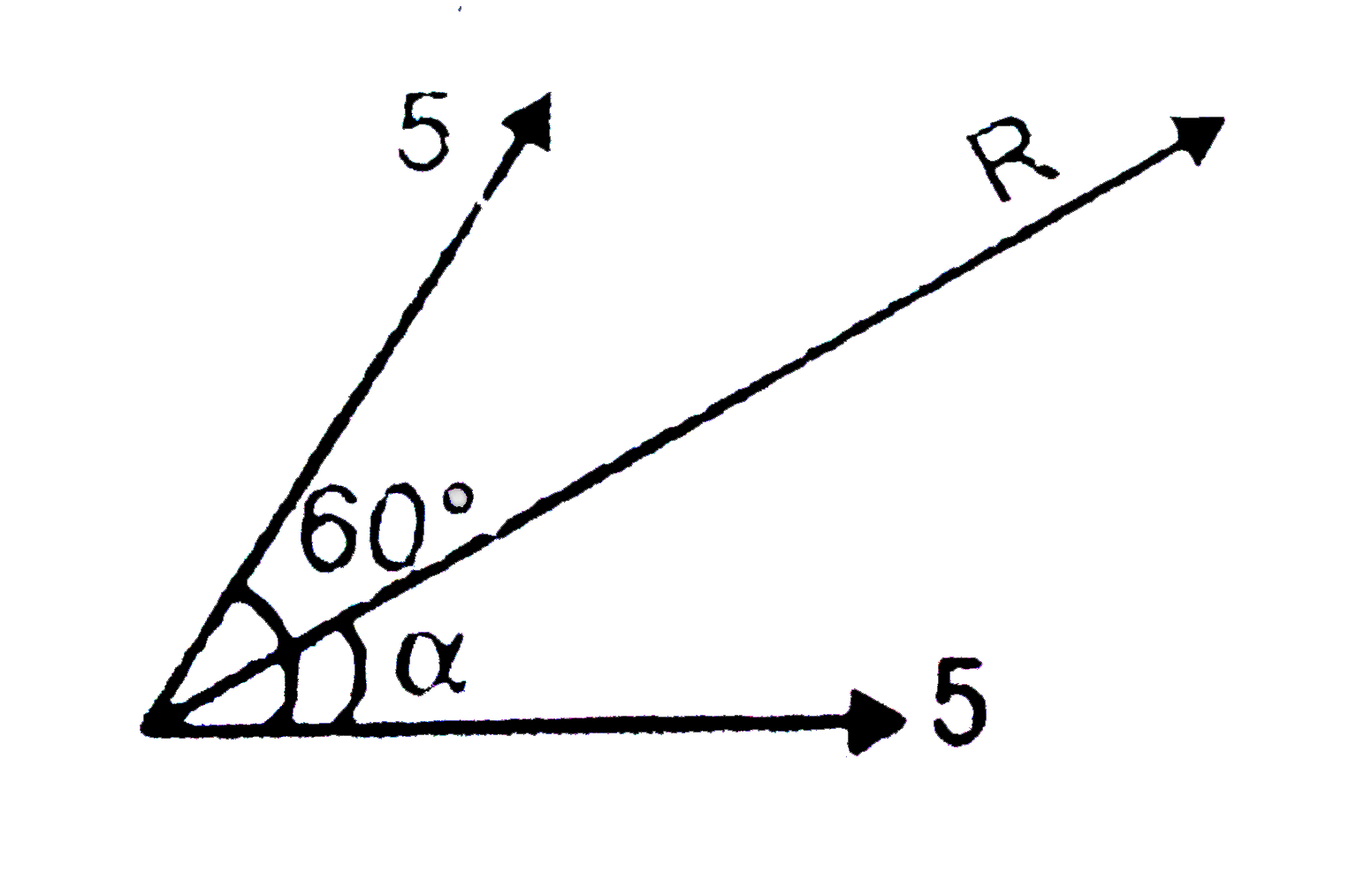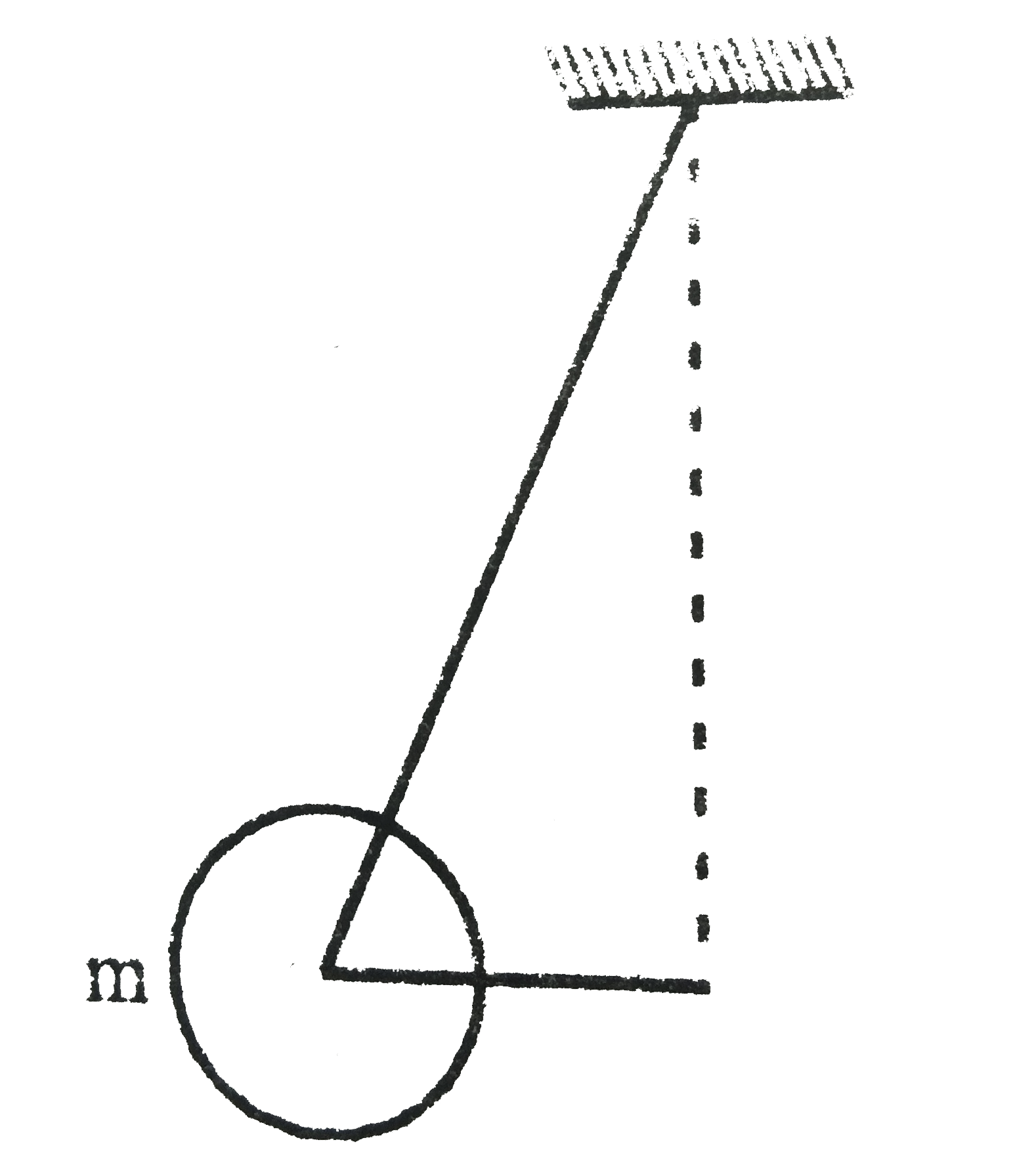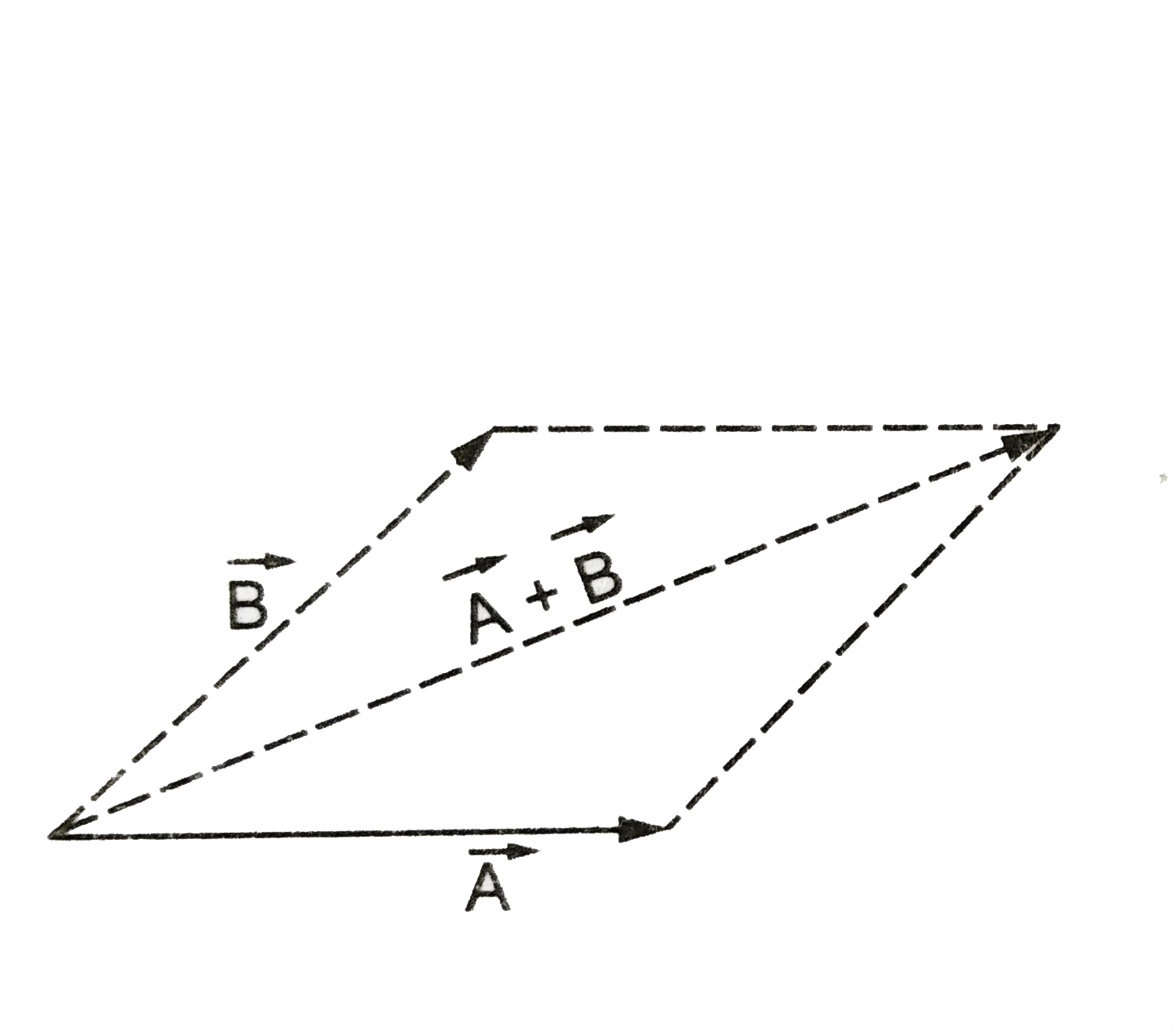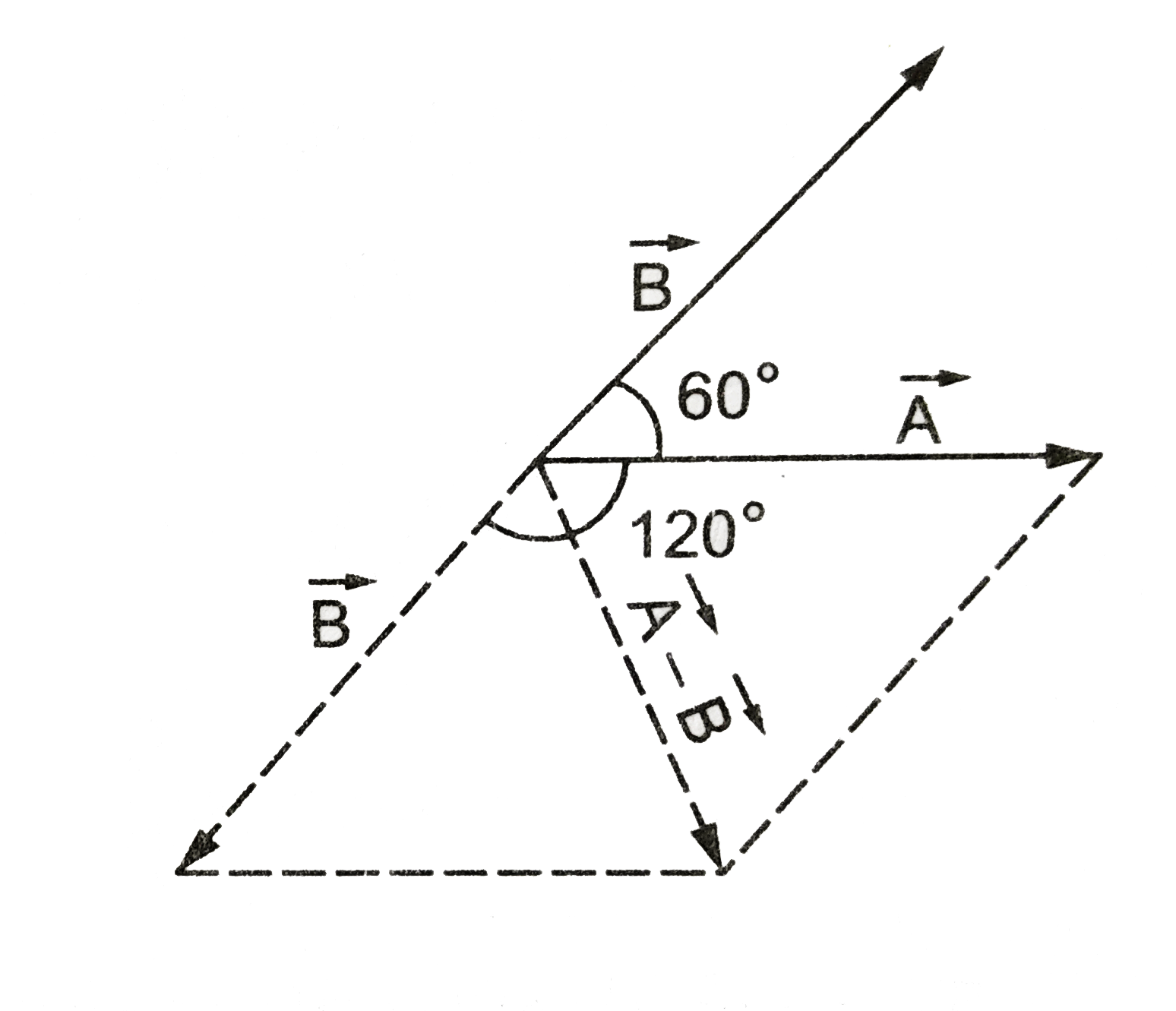Two vectors having equal magnitude of 5 units, have an angle of between them. Find the magnitude of their resultant vector and its angle from one of the vectors.
 Solution in Gujrati
Solution in Gujrati
The correct Answer is:A
Topper's Solved these Questions
- BASIC MATHSBOOK - ALLEN CHAPTER - BASIC MATHSEXERCISE - Exercise-02
53 Videos
- BASIC MATHSBOOK - ALLEN CHAPTER - BASIC MATHSEXERCISE - Exersice-03
7 Videos
- AIIMS 2019BOOK - ALLEN CHAPTER - AIIMS 2019EXERCISE - PHYSICS
39 Videos
- CIRCULAR MOTIONBOOK - ALLEN CHAPTER - CIRCULAR MOTIONEXERCISE - EXERCISE (J-A)
6 Videos
Similar Questions
Two vectors →A and →B are such that →A+→B=→A−→B. Then
View SolutionThe direction of the angular velocity vector is along
View SolutionA simple pendulum executing SHM in a straight line has zero velocity at 'A' and 'B' whose distances form 'O' in the same line OAB are 'a' and 'b'. If the velocity half wat between them is 'v' then its time period is
View SolutionA ball of mass (m)0.5kg is attached to the end of a string having length (L)0.5m. The ball is rotated on a horizontal circular path about vertical axis. The maximum tension that the string can bear is 324N. The maximum possible value of angular velocity of ball (radian/s) is -
 .
.
View SolutionTwo vectors of equal magnitude 5 unit have an angle 600 between them. Find the magnitude of a the sum of the vectors and b the difference of the vectors.
 .
.  .
.
View SolutionTwo vectors have magnitudes 6 and 8 units, respectively. Find the magnitude of the resultant vector if the angle between vectors is (a) 60∘ (b) 90∘ and ( c ) 120∘.
View SolutionTwo vectors, both equal in magnitude, have their resultant equal in magnitude of the either. Find the angle between the two vectors.
View SolutionTwo vectors having equal magnitude of 5 units, have an angle of 60^(@) between them. Find the magnitude of their resultant vector and its angle from one of the vectors.
View SolutionTwo vectors of equal magnitude of 5 unit have an angle 600 between them. Find the magnitude of (a) the sum of the vectors and (b) the difference of the vectors.
 .
.  .
.
View SolutionTwo vectors, equal in magnitude, have their resultant equal in magnitude of the either. The angle between the two vectors is _____.
View SolutionWhat will be the angle between two vectors of equal magnitude for their resultant to have the same magnitude as one of the vectors?
View Solutionसमान परिमाण के दो सदिशों का परिणामी, इनमें से एक के बराबर है, तो सदिशों के मध्य कोण होगा
View SolutionTwo vectors have magnitudes 6 and 8 units, respectively. Find the magnitude of the resultant vector if the angle between vectors is (a) 60^(@) (b) 90^(@) and ( c ) 120^(@) .
View SolutionTwo vectors having equal magnitude of 5 units, have an angle of 60∘ between them. Find the magnitude of their resultant vector and its angle from one of the vectors.

View SolutionTwo vectors, both equal in magnitude, have their resultant equal in magnitude of the either. Find the angle between the two vectors.
View Solution
